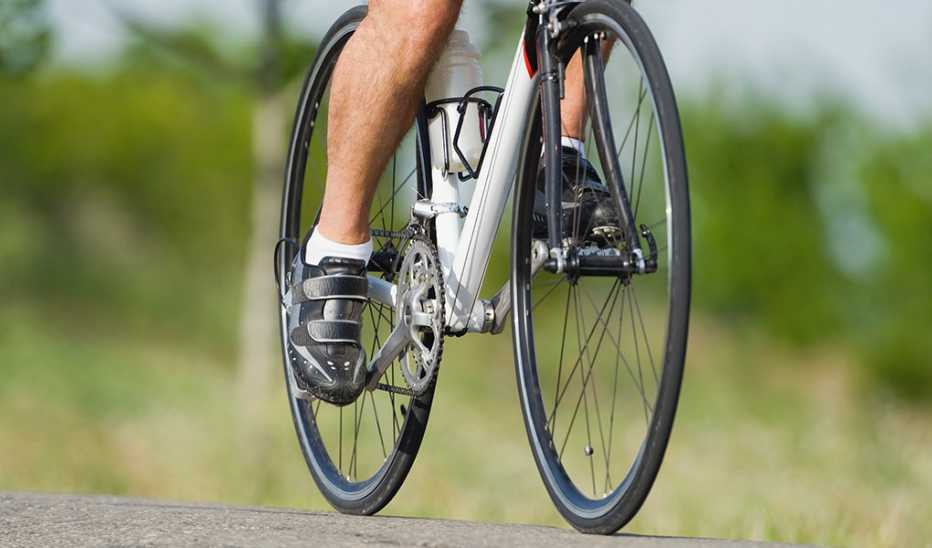Challenges


Quick Win
Riding a bike doesn’t just firm your body — it challenges the brain to process input from all your senses, coordinate different muscle groups and maintain awareness of your body in space.
Try This Today
- Start slow. If you haven’t been on a bike in a while, start by riding on a stationary bike or outdoors for 15 to 20 minutes twice a week. Speed doesn’t matter, so stay within your comfort zone. Every week, add 5 minutes to your total time until you’re riding at least 30 minutes.
- Make cycling a group affair. As you get stronger and more confident, consider riding with a local cycling club. You may find the exercise and companionship works wonders for your brain and your mental health.
- Keep your rides pleasurable. If you’re biking at the gym, bring a book or listen to music. On a trail, switch up the scenery and explore new places. That way you’ll be motivated to keep cycling.
Why
It’s fun, it’s easy on your joints and biking may support your brain, too. Among 100 people ages 50 to 83, those who cycled outdoors — even if pedaling on an e-bike — had greater improvement in cognitive function and mental well-being compared to noncyclists, in a study reported in 2019 in PLOS One. If you prefer to do your workouts indoors, don’t sweat it: 26 healthy adults ages 55 to 85 who pedaled 30 minutes on a stationary bike showed greater activity in the hippocampus, an important memory region in the brain, than when they spent 30 minutes resting, according to a 2019 report in the Journal of the International Neuropsychological Society.










More From Staying Sharp
Work Out With Denise Austin: Mini Push-Ups
They can help strengthen and tone your arms, chest and shoulders
Get Back on Track When You Overeat
The right attitude makes all the difference
The Brain-Gut Connection, Explained
Learn how your brain and gut are linked and how to support their health